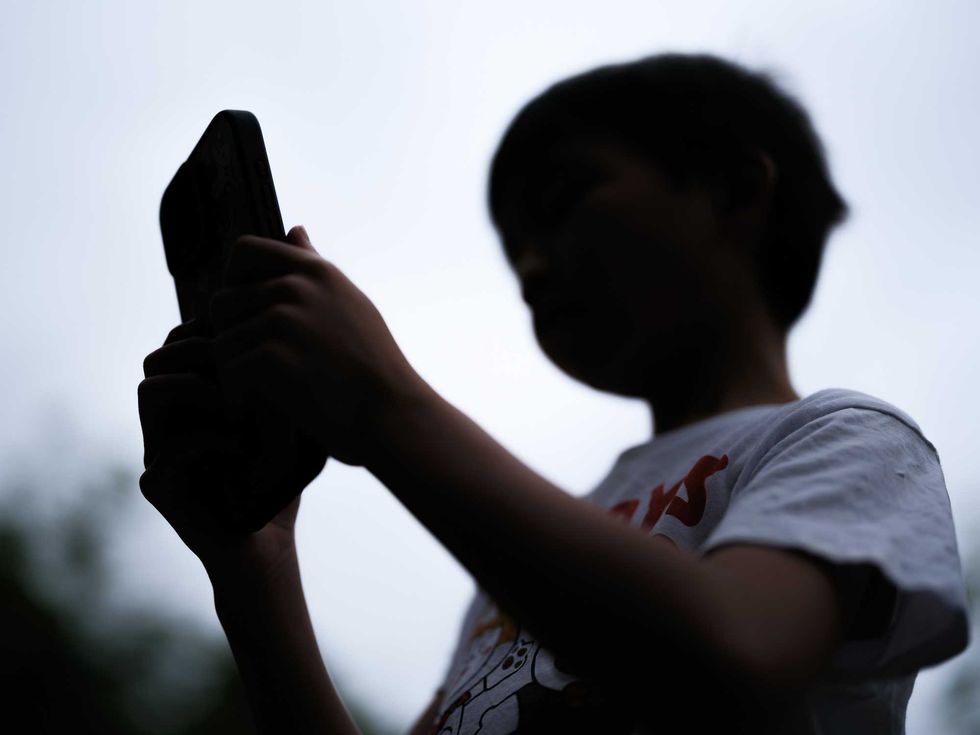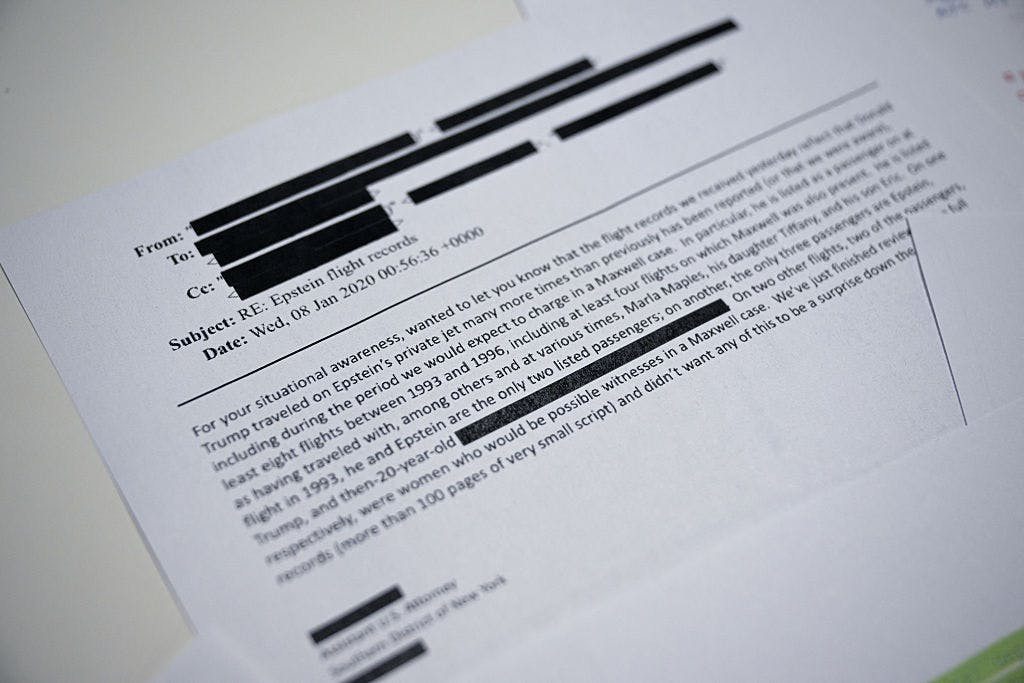From Missiles To Malware: Iran’s Potential Pivot To Digital Warfare

The footage was striking: plumes of smoke rising over Iran’s nuclear facilities, the culmination of years of brinkmanship and intelligence coups. With one sweeping air campaign, the United States sent a message: the Islamic Republic will not be permitted to cross the nuclear threshold.
Live Your Best Retirement
Fun • Funds • Fitness • Freedom
Yet as the dust settles, it would be a profound mistake to assume the threat has been neutralized. If anything, Iran’s nuclear humiliation may accelerate a transition that has been quietly underway for years — from ambitions of atomic deterrence to mastery of digital disruption.
Even as diplomats trumpet the ceasefire, cybersecurity professionals are aware of the dangers that still exist. In 2025, a nation doesn’t need fissile material to cripple its adversaries, it only needs a cadre of skilled operators, a menu of stolen exploits, and a willingness to play dirty in the world’s most critical networks.
Iran’s embrace of cyber operations is hardly a new development. In a 2012 cyberattack U.S. intelligence attributed to Iran, the Shamoon virus wiped tens of thousands of computers inside Saudi Aramco, a major Saudi Arabian oil company, reducing corporate IT to smoking rubble — digitally speaking. Since then, Tehran’s capabilities have matured steadily.
Today, Iran’s cyber forces are well-trained and highly motivated. And given the loss of their nuclear infrastructure, they now possess ample incentive to reassert influence through other means. Cyber warfare is attractive precisely because it offers an asymmetrical advantage: the power to disrupt, humiliate, and retaliate without risking a direct military clash.
Recall how Russia, which has historically dominated the cybersphere, has waged its campaign in Ukraine. Moscow hasn’t relied solely on tanks and artillery. It has unleashed waves of digital attacks against Ukraine’s power grids, satellite networks, and banking systems. Behind these campaigns, notorious criminal groups — like Conti and BlackBasta — have operated with state blessing, extorting ransoms and leaking sensitive data.
This blurred line between espionage, sabotage, and organized crime has become a model for authoritarian states under pressure. Iran, facing international isolation and domestic discontent, has every reason to follow it.
The average person might imagine cyber warfare as a distant, abstract threat — some arcane business best left to IT departments. That illusion is exactly what adversaries count on.
Consider Zero-Day vulnerabilities: flaws in software that even the developers don’t yet know exist. These hidden back doors can be sold on dark markets for astronomical sums. And once a hostile operator has them, no firewall or antivirus can offer much protection.
Or take Remote Access Trojans, like Chaos RAT — a malicious tool that can lodge itself in a network and sit there, undetected, for months. The malware can exfiltrate sensitive data, delete backups, or simply wait for a signal to unleash chaos.
Iran’s cyber units have both the motive and the skill to deploy such capabilities against Western targets — especially at a moment when the regime needs to prove it can still inflict pain.
To understand the scale of the risk, look no further than China’s Advanced Persistent Threat (APT) groups, like Silver Fox. These teams excel at patient infiltration — building footholds in networks over years.
While Iran does not yet possess the same breadth of resources or global reach as Beijing, the playbook is there for the taking. Iranian operators have already borrowed tools and techniques from Russian and Chinese counterparts. They can acquire Zero-Days from the same vendors. They can lease infrastructure from the same criminal marketplaces.
In this sense, the global cyber threat landscape resembles a dark ecosystem: a place where alliances are fluid, tradecraft is shared, and almost anything is for sale.
Much has been made of the recent ceasefire between Israel and Iran. Certainly, it has brought a measure of short-term calm. But it’s worth stating the obvious: no ceasefire agreement binds a nation’s hackers.
Cyber operations are deniable by design. Tehran can escalate these attacks while maintaining plausible deniability. If a power grid goes down or a hospital network is encrypted, Iranian officials will simply shrug and claim ignorance — or suggest that Western companies should improve their “cyber hygiene.”
Indeed, it’s likely that in the coming months, Iran will test the boundaries of what it can accomplish in cyberspace without provoking another round of airstrikes. And unless Western governments are prepared, these tests may prove costly.
The United States remains unmatched in conventional military capability. But cyber defense has never been America’s comparative advantage. While agencies like the Cybersecurity and Infrastructure Security Agency (CISA) have made enormous progress, much of the nation’s critical infrastructure — power stations, water systems, hospitals — remains vulnerable.
Decades of underinvestment, legacy software, and fragmented security practices have created an expansive attack surface. A determined adversary doesn’t need to destroy a city to sow panic. It just needs to flip a switch in the right control system — or quietly siphon data for blackmail and extortion.
This paradox — dominance in kinetic warfare, vulnerability in cyber — demands a strategic recalibration. As Iran pivots further into digital conflict, the costs of ignoring this imbalance will only grow.
America cannot afford to treat cybersecurity as an afterthought, an IT budget line item tucked behind more visible defense priorities. It must become a central pillar of national security strategy.
That means investing in modern detection systems powered by artificial intelligence. It means developing real deterrence — making clear that cyber aggression will incur meaningful consequences. And it means supporting public-private partnerships to protect industries that have become part of the national nervous system.
Iran’s nuclear setback is undeniably significant but no bomb can erase the knowledge Tehran has acquired about hacking adversaries. No missile strike can neutralize an ideology that prizes asymmetrical warfare.
The coming months will test the West’s capacity for vigilance. Iran’s leaders face enormous pressure to prove they remain formidable. And while their nuclear ambitions are now smoldering ruins, their cyber capabilities remain intact — and perhaps emboldened.
Policymakers should remember: the decisive battles of the 21st century may not begin with the roar of jets over a desert. They may start in the silent corridors of a server farm, where an invisible adversary is already laying traps.
In that theater, the rules are different — and the consequences no less severe.
* * *
Julio Rivera is a business and political strategist, cybersecurity researcher, founder of ItFunk.Org, and a political commentator and columnist. His writing, which is focused on cybersecurity and politics, is regularly published by many of the largest news organizations in the world.
The views expressed in this piece are those of the author and do not necessarily represent those of The Daily Wire.
Originally Published at Daily Wire, Daily Signal, or The Blaze
What's Your Reaction?
 Like
0
Like
0
 Dislike
0
Dislike
0
 Love
0
Love
0
 Funny
0
Funny
0
 Angry
0
Angry
0
 Sad
0
Sad
0
 Wow
0
Wow
0










































































